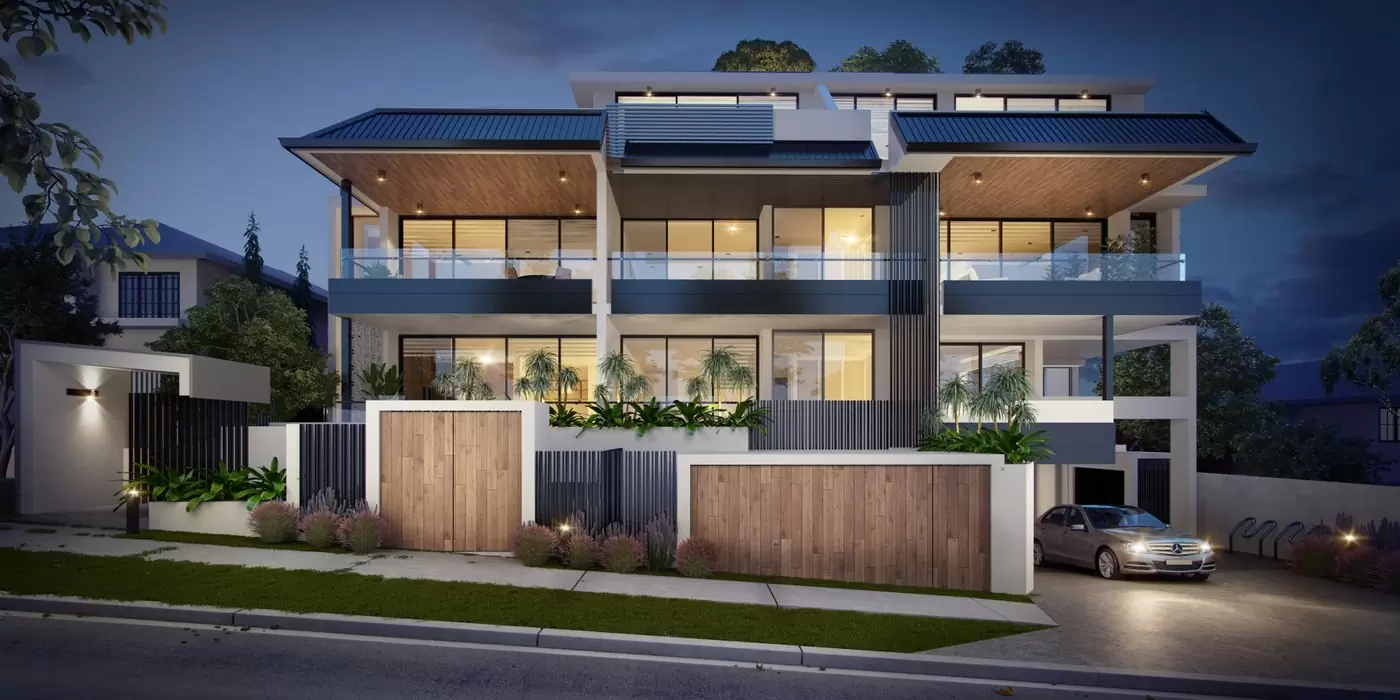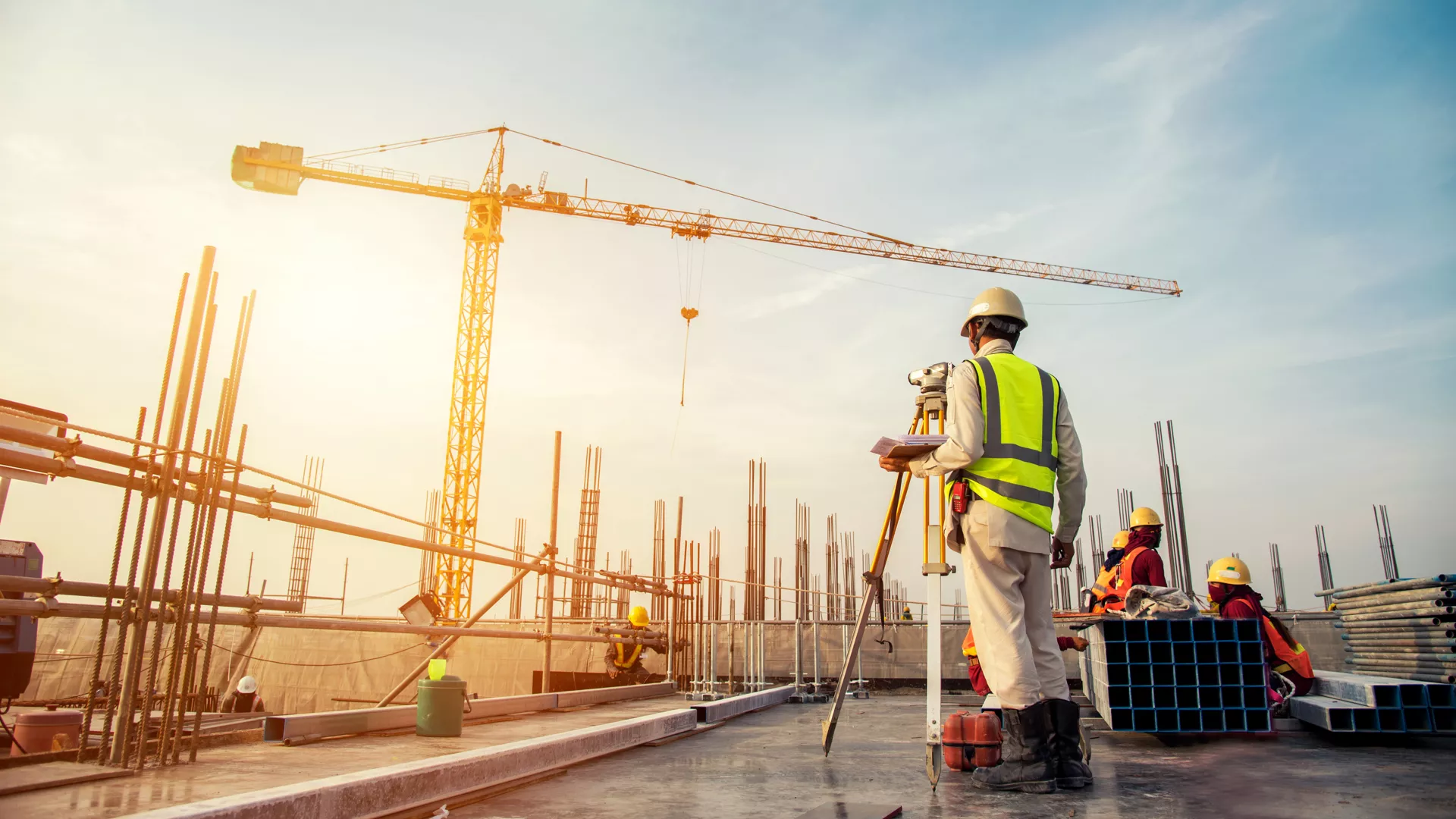How Minimalist Architecture Redefines Space and Function

Minimalist architecture is not just a style—it is a complete philosophy. It focuses on simplicity, clarity, and purpose. In Pakistan, where homes are often filled with decorative elements, large furniture, and traditional designs, minimalist architecture offers a fresh, practical approach to living spaces. This design method rethinks how we use our homes, offices, and public places.
In this blog, we will explore how minimalist architecture changes the way we look at space and function. We'll also look into key features, popular materials, benefits, and how this style is taking root in Pakistani homes, especially in cities like Lahore, Karachi, and Islamabad.
What is Minimalist Architecture?
Minimalist architecture is based on the principle of “less is more.” It removes extra decoration and focuses on clean lines, open spaces, natural light, and simple shapes. Instead of filling a space with objects, minimalist design leaves room for breathing. It highlights the beauty of empty space, often called “negative space.”
It uses simple layouts, limited color palettes (mostly whites, greys, and earthy tones), and natural materials like wood, concrete, stone, and glass. This design approach can be applied to homes (ghar), offices, commercial buildings, and even mosques and schools.
Key Features of Minimalist Architecture
Minimalist design has certain common features that make it easy to identify. These include:
1. Open Floor Plans
Walls are reduced to a minimum. Spaces flow into each other—like the drawing room (baithak) connected to the dining area and kitchen (bawarchi khaana). This creates a spacious and airy feeling, even in small houses.
2. Natural Light
Large windows (sheeshay) and skylights are used to bring in sunlight. This reduces the need for artificial lighting during the day and adds a calm, peaceful vibe.
3. Simple Materials
Wood, marble (sang-e-marmar), glass, and exposed concrete are common. These materials are not hidden but celebrated. For example, a concrete wall isn’t painted—it becomes part of the design.
4. Neutral Colors
Minimalist interiors often use colors like white, beige, grey, and soft browns. These colors make the space feel clean and organized.
5. Clutter-Free Living
Minimalism avoids extra decoration, fancy wall hangings, or unnecessary furniture. Every item has a purpose. For example, instead of a big showcase, a simple wooden shelf can hold a few books or family photos.
How Minimalism Redefines Space
In traditional Pakistani homes, every inch is used—whether for furniture, decoration, or storage. Minimalist architecture flips this idea. It creates a sense of freedom and flexibility by doing more with less.
Here’s how it changes the way we see and use space:
- Maximizing Utility
Every area is designed with a purpose. A single space might serve multiple uses. For instance, a study corner (parhai ka kona) in the living room can also work as a prayer area (namaz ka kamra).
- Better Movement
With fewer walls and furniture, people can move more freely. This is very helpful in small homes or apartments (flats), especially in cities like Rawalpindi and Multan where space is limited.
- Visually Spacious
Even small rooms can look bigger when they’re uncluttered. Light colors and open layouts make the house feel airy and clean.
How Minimalist Architecture Enhances Function
Function is not just about how things work, but how they improve daily life. Minimalist design focuses on comfort, convenience, and well-being.
- Easier to Clean
Fewer items mean less dusting and sweeping (jharoo). This is especially helpful for working families and elderly people.
- Lower Maintenance
Simple designs and durable materials last longer. You don’t have to repaint walls every year or fix broken cupboards (almari).
- Mental Peace
Cluttered spaces can cause stress. A clean and open space brings mental calm, making it easier to relax or concentrate.
- Energy Efficiency
Large windows reduce the need for tube lights and bulbs during the day. Well-insulated walls help maintain temperature, reducing electricity bills.
Materials Commonly Used in Minimalist Architecture
- Wood – For flooring, shelves, and furniture. Pakistani sheesham and deodar wood are popular.
- Stone – Marble from Balochistan or granite from Gilgit is used for countertops and floors.
- Glass – For doors, partitions, and windows to allow light flow.
- Cement & Concrete – Left exposed in walls or ceilings for a raw, modern look.
- Metal – Steel or iron is used for stair railings, light fixtures, and minimalist frames.
Common Minimalist Design Styles in Pakistan
While minimalist architecture originally became popular in Japan and Scandinavia, it has found its own shape in Pakistan, blending simplicity with local elements:
- Contemporary Minimalism
Clean lines and open spaces, but with traditional features like wooden jharokas or calligraphy.
- Desi Minimalism
A mix of simple concrete or brick structures with traditional Pakistani rugs (dariyaan), clay pots (matkas), or wooden furniture made by local karkhanoon.
Minimalism in Urban and Rural Homes
In urban cities like Lahore and Islamabad, minimalism is becoming common in apartment designs, modern homes, and even commercial buildings.
In rural areas, many old homes already follow minimalist patterns without knowing it. Simple walls, open courtyards (sehan), minimal furniture, and reliance on natural materials are part of the village lifestyle. Minimalist architecture brings this traditional approach into modern form.
Final Thoughts
Minimalist architecture is not about removing everything—it’s about keeping only what truly matters. In Pakistan, where homes reflect culture, history, and lifestyle, minimalism provides a new way to live better with less. It promotes peace, functionality, and beauty through simplicity.
Whether you're building a new house in Bahria Town or renovating your ancestral home in a village near Sialkot, minimalist design can offer smart, thoughtful, and peaceful living spaces. It’s not just a style—it’s a way of life that puts people first and spaces to their best use.
Note: IndiBlogHub features both user-submitted and editorial content. We do not verify third-party contributions. Read our Disclaimer and Privacy Policyfor details.




